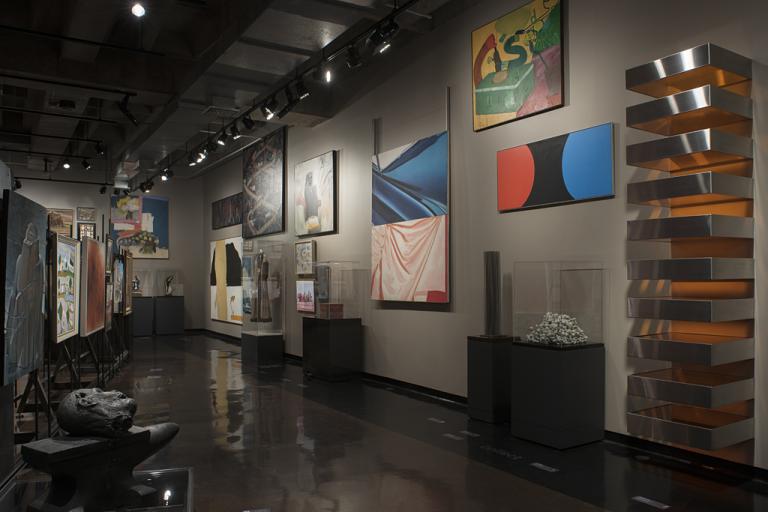Heinz Tomato Ketchup box, Andy Warhol
Artwork Overview
Andy Warhol, artist
1928–1987
Heinz Tomato Ketchup box,
1964
Where object was made: United States
Material/technique: screen print; wood
Dimensions:
Object Height/Width/Depth (Height x Width x Depth): 21.6 x 26.7 x 39.4 cm
Object Height/Width/Depth (Height x Width x Depth): 8 1/2 x 10 1/2 x 15 1/2 in
Object Height/Width/Depth (Height x Width x Depth): 21.6 x 26.7 x 39.4 cm
Object Height/Width/Depth (Height x Width x Depth): 8 1/2 x 10 1/2 x 15 1/2 in
Credit line: Gift from the Gene Swenson Collection
Accession number: 1970.0152
Not on display
If you wish to reproduce this image, please submit an image request









